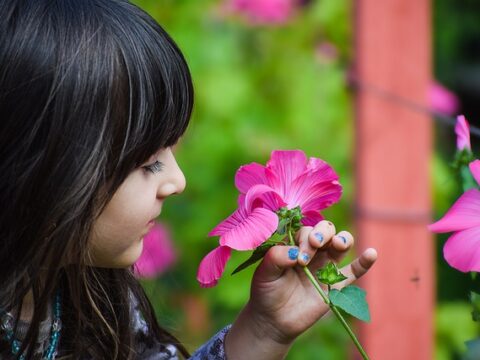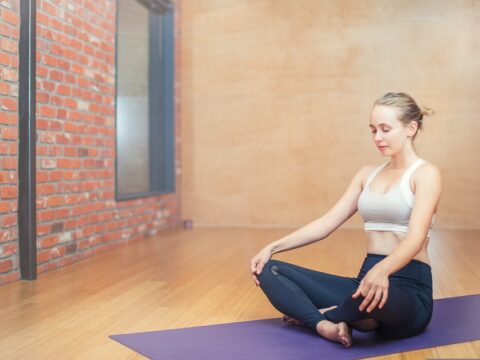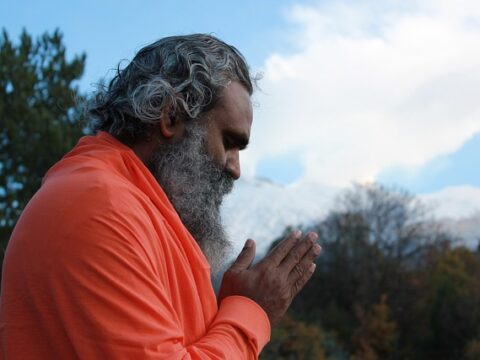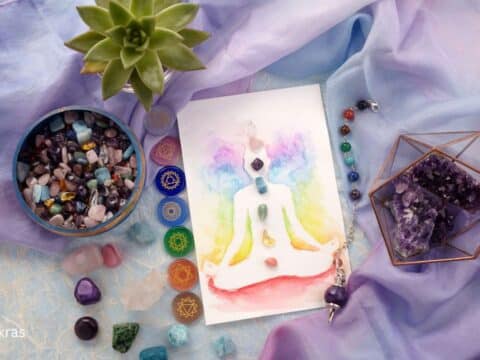It can be overwhelming to live a full life. Our minds are constantly flooded with thoughts. This can cause us to perceive the world in a distorted and stressed way and lose touch with reality.Does this sound familiar?
It should. It can be exhausting and chaotic. It affects our well-being in many ways, including our mental, physical and economic health.
Podcast
What can be done about it?
More and more people are seeking mindfulness-based treatments to improve their mental well-being. These techniques can also have a positive impact on our physical health, although this is not widely known.
Mindfulness goes beyond getting by and coping. These techniques allow us to see the world differently, grow, thrive, and live more compassionate, fulfilling lives.
Why is mindfulness important?
We are not always adapted to the lifestyle and places we live. Mindfulness allows us a new way of responding to our surroundings.
Why can’t we always adapt?
Humans have developed adaptations that allow them to survive in harsh environments. This is the key to their success. Humans must work together in small groups to solve various problems, survive, and reproduce.
Human nature excels at focusing on local, short-term problems. Our ability to find food and shelter is a key feature of our human nature.
Cultures have remained stable for thousands of years. In the last 100 years, however, there has been an incredible cultural revolution. Technology, agriculture, and industry have profoundly affected our lives. This has impacted our ability to sleep, eat, communicate, and how we survive.
In many cases, our minds are unable to adapt to our ever-changing lifestyles.
Evolutionary psychologists claim that the brain of the modern world is not equipped to do this. They call this a “psychological adaptation.” This makes it difficult to deal with the world around you.
It’s easy to feel anxious, stressed, and down. But it doesn’t have to be that way.
Is mindfulness the answer?
According to a British study, the best way to address the problem of mental illness is to promote mindfulness in all areas of society, including the workplace, education, health care and criminal justice.
Mindfulness is accessible to everyone.
Millions of people worldwide practice mindfulness. Nature can also have a positive impact on mental health, much like jogging helps your physical fitness. The natural world is a safe and easy way to improve your mental well-being.
What is mindfulness?
Mindfulness is being present in the moment and paying attention to what is happening in your body, mind and environment. Mindfulness is about staying present and being curious, compassionate and caring. Mindfulness isn’t hard, either.
Meditation exercises can help you become more aware of your thoughts, feelings, and sensations. It can help us cope better by becoming aware of the present moment and recognizing our options.
Mindfulness can improve your mental clarity and well-being, and your ability to care for and support yourself and others.
This practice can be as simple as being mindful in your daily tasks. We can observe our thoughts and emotions so that we can return to our physical sensations. We are open-minded, compassionate and accepting.
Mindfulness Example
We are more mindful and less reactive when we are less judgmental.
Consider the following:
- When I greeted him, he did’nt notice me.
- I’m angry.
The first point is what you think you see. It could be wrong or incomplete.
Based on this observation, the second point is what came to my mind. This mental event has nothing to do with you. It can be observed objectively without judgment.
It was not known to me that he had just received bad news. A close family member had died. He was distracted.
Mindfulness can help you become more aware of your thoughts and feelings, as well as the thoughts and feelings of others, and be more compassionate and positive.
It’s amazing that it can literally change your mental and physical well-being.
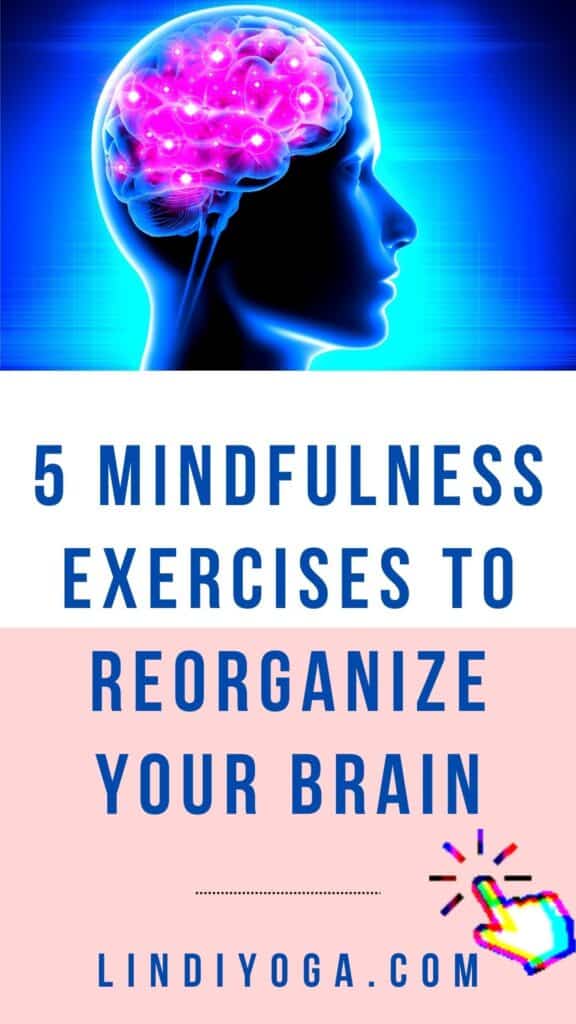
5 Mindfulness Exercises
You can use these five exercises in conjunction with your mindfulness practice to improve and benefit your overall well-being.
Abdominal Meditation
To minimize muscle contraction, we recommend sitting on a cushion with your feet crossed. Place your palms lightly in front of your abdomen. Breathe slowly through your nose. Focus your attention on the point of contact between your hands, belly and fingers.
Breathe in and out slowly, allowing your breath to move through space. This point of contact can be used to gain insight into your inner world. Either stop there or begin to notice the subtle changes in your belly as you breathe.
Feel the weight in your belly increase with each inhale. Observe how your belly lifts as you exhale and how the density of your body decreases. Continue this exercise for several minutes.
Notice how quickly your thoughts move and how your nervous system responds to them. Also pay attention to how deeply you breathe. This will help you become more aware of your body.
Supported Bridge Pose
In this exercise, you focus on your breathing, gently touch your belly, use an eye pillow, and then breathe through your nose. This is an explanation of how certain tools can be used to activate the vagus neuron, which is responsible for sending signals to the nerves that control rest and digestion.
Place your feet hip-width apart and bend your knees. For Supported Bridge, you can place a block under your sacrum. You can place an eye pillow on your eyes. Next, take a slow, deep breath. Your attention should be focused on the point where your palms touch your body.
This will help you to focus inward. Breathe in slowly through your nose and out through your nose. Your hands should be where you hold your breath. If it is comfortable for you, let the exhale last longer than the inhale.
Breathe in and out slowly and deeply. Focus your attention on your hands and deeper into your body. Continue this exercise for several minutes. You may find it helpful to focus your thoughts in a different way. Here’s how you can do it: Breathe in and say, “I breathe in.” As you exhale, say, “I breathe in.”
Embodied Self-Compassion
This self-compassion exercise was developed for yogis. It can be done during meditation before practice, in savasana, or whenever you feel the need.
The value of self-compassion as an extension of a mindfulness-based practice has been proven. You may become depressed if you constantly criticize yourself. This can lead to feelings of shame and affect your ability to focus.
Obsession with social media, shopping, or substance use can also lead to depression. Over 25 studies have shown that self-compassion reduces anxiety and depression, lowers cortisol (our stress hormone), increases heart rate variability (a measure of emotional resilience), and is more resilient than self-esteem.
Relax and adopt a supportive attitude. Now think of a difficult situation in your life. Acknowledge that this moment is difficult and that you are struggling with it. Repeat this mantra a few more times.
nce it feels complete, you can say, “All people experience these moments of suffering” (or a challenge or difficulty). Continue this process until it is solidified. Next, ask yourself what part of your body is causing the discomfort or suffering at this moment.
ring your hands to the point where you can reach it, if possible. Bring your awareness to the point of contact between your hands and your body. You can nurture this space with your breath for as long as you like. You will feel the difference within a few minutes.
Connective Tissue Work
For balance, stand close to a wall. For balance, place a tennis ball or a therapy ball like the one used in Yoga Tuneup under your right foot. The thick tissue at the junction of the arch and heel should be your target.
Shift your weight slightly onto your foot, then apply pressure to the area where your arch meets your heel. As you inhale, slowly move through this tissue bed toward the outer edge of your foot. To increase the tissue pump, gradually move the stimulation to your outer, middle or inner arch.
Next, move the tennis or therapy ball to where the fascia is thickest: the point where your arch meets the ball of your foot. Continue moving from the inside to the middle and then to the outside edge.
Finally, perform light pumping movements. Grasp the ball of your foot with one hand. Take a moment to feel the differences between the sides before switching to the other side. Walk around a bit and feel the difference in your stride length, hip ease, mobility, and hip length.
You can also do a few squats or knee circles in the air. This difference is not due to stretching, but to improved hydration, communication and tissue. Once you understand the difference, switch to the other side.
Mindful Sun Salutations
Slow movements have been shown to have a positive effect on the nervous and immune systems. How slow is too slow? TaiChi and Qi Gong are slow, which allows you to focus on your breathing and create a calm practice. Sun Salutation is an easy way to achieve this.
Vinyasa is a system that uses only one breath per movement. For example, we can inhale, raise our arms, and then exhale as we bend forward. You can make your sun salutation more mindful by extending each transition between positions for six seconds or longer.
As you raise your arms, take a deep breath and lower into forward bend. Continue in this manner for several rounds. It should take you at least six seconds to change from one pose to the other. Close your eyes after you have finished the pose. Now place your hands on your stomach or heart and stand up.
Summary
Mindfulness can change your psychological, cognitive and physical state.
You will feel happier, more relaxed, more focused, and more creative when you are mindful. You will also improve your immunity and life expectancy.
And there’s more. Mindfulness can help you improve your life. In this course, you will learn how to control your breathing, enjoy beauty, and live with compassion, joy, and love.
Dealing with people, places and things you used to be afraid of will no longer make you suffer.
Mindfulness won’t stop bad things from happening, but it will change the way you respond to them. People, places, and things you used to be afraid of will no longer cause you stress or anger.
Mindfulness allows you to shift between events and your reactions. You can then reflect on your actions and live your life.
